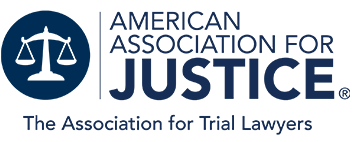Be Mindful of a Post-Collision Skull Fracture
Accident victims should be mindful of post-collision head injuries like a skull fracture. The skull, commonly referred to as the cranial bone, protects the brain from injury. Skull fractures often cause swelling (edema), blood clots (subdural hematoma), and bleeding (hemorrhage), which create pressure on the brain tissue. Depending on the severity of head injury, brain damage is possible.
Seeking medical attention after a vehicle accident or another incident that may cause head injuries, like a slip and fall, can help reduce the risk of serious complications. A personal injury may also be able to help victims recover compensation when another party’s negligence led to the skull fracture.
Types of Skull Fractures
There are several types of fractures, including:
- Linear – break that occurs in a thin line (it’s the most common)
- Simple – break in bone without damage to the skin
- Compound – it breaks the skin and causes bone splinters
- Depressed – it’s a depression of bone toward the brain
- Stellate – comprised of multiple linear fractures emanating from the impact site
- Basilar – break located at the skull’s base and has the potential to cause a traumatic brain injury
Post-Collision Skull Fracture
When a driver’s (or passenger’s) head hits the steering wheel, dashboard, windshield, or any other interior part of a vehicle in a collision, and the victim remains conscious, he or she might be aware of the resultant skull fractures that may occur.
Sometimes, however, the force of the impact may render collision victims unconscious and they may not remember anything that happened once they regain consciousness.
In both cases, it essential to carefully monitor the victim’s condition because some types of skull fracture injuries do not have apparent symptoms. Some signs to watch out for include lingering fatigue, feeling confused or dizzy, vision and hearing trouble, disrupted sleep patterns, irritability, and a lack of appetite.
Prognosis and Medical Treatment for Skull Fractures
Doctors perform CT scans to diagnose the extent of skull fractures and to determine whether or not a victim’s brain has any swelling or bleeding. Recovery depends on the injury’s severity and the presence of brain damage.
Minor fractures can heal without medical interventions or complications. However, severe fractures can be life-changing. They can cause numerous complications, such as bleeding, brain infection, facial fractures, cranial nerve injury, vascular injury, memory lapses, confusion, limb paralysis, and brain damage. Some conditions can be temporary, while others may be permanent. For some victims, surgery or conservative care may be required.
No Fee Unless We Win







 312-236-2700
312-236-2700






